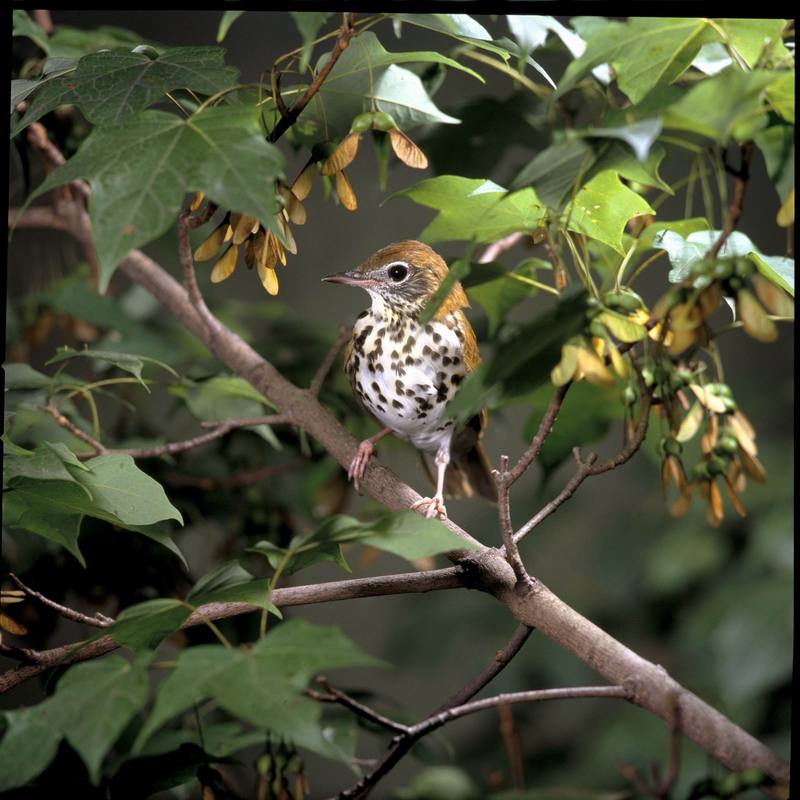|
| Query: birds | Result: 3142nd of 32675 | |
Wood Thrush (Hylocichla mustelina) <!--숲지빠귀-->
| Subject: | Wood Thrush (Hylocichla mustelina)
| | Poster: | Phoby (phoby@hanafos.com)
| |

| Resolution: 2250x2250
File Size: 459219 Bytes
Date: 2005:03:22 12:38:47
Upload Date: 2005:03:22 12:36:00
|
From the U.S. Fish and Wildlife Service's online digital media library.
Check http://images.fws.gov/ for higher quality version.
Metadata
Title: Wood Thrush
Alternative Title: Hylocichla mustelina
Creator: Maslowski, Steve
Source: WO-4548-17
Publisher: U.S. Fish and Wildlife Service
Contributor: DIVISION OF PUBLIC AFFAIRS
Language: EN - ENGLISH
Rights: (public domain)
Audience: (general)
Subject: bird, birds, warblers, passerine
Date Issued: February 07 2003 |
^o^
Animal Pictures Archive for smart phones
^o^
|
|

